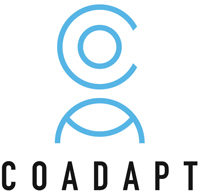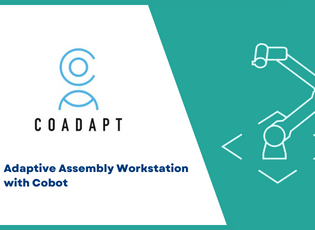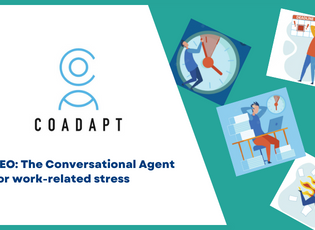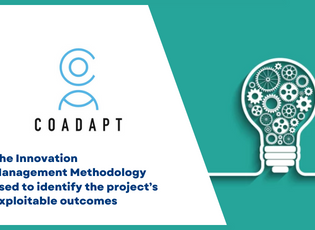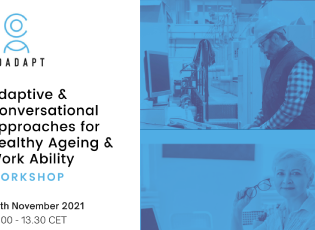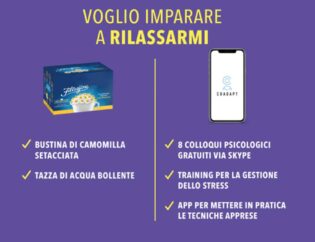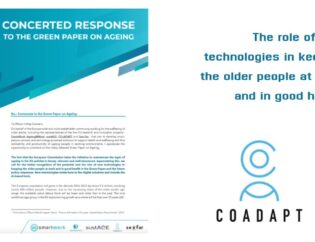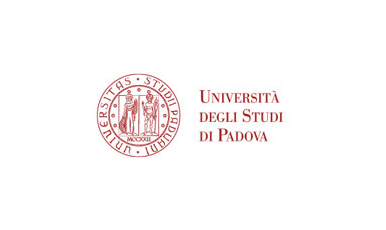
Our next episode on the series of interviews with the individual partners behind the COADAPT project, is University of Padova. Here is a more detailed description of our partner and the involvement and the vision of the individual members.
In 2019, University of Padua (UNIPD) has again been confirmed in the top three ranked Universities in Italy (and in the top 250 University in the world) for its superior level of education (teaching quality) and a leading international University for scientific research. In particular, the Human Inspired Technology (HIT) Research Centre represents UNIPD within the CO-ADAPT project.
The main focus of HIT Centre is designing, developing, and evaluating technologies adopting a human-centered perspective. Furthermore, considering the mission of CO-ADAPT, which aims at increasing elderly operators well-being and safety at workplace, HIT identified a set of guidelines for active and healthy aging, and it is contributing to the design (i.e., participatory) and development of a cutting-edge Adaptive Assembly Workstation with a collaborative robot that is based on the skills, needs, and expectations of end-users (senior workers > 55 y.o.). Indeed, HIT Centre has a strong expertise in manufacturing ergonomics, in designing and evaluating symbiotic systems (i.e., technologies capable of adaptive their functioning in real-time on the basis of the current psychophysiological state of users, i.e., stress and workload), in the utilization of wearable devices for biometric monitoring, and in both quantitative and qualitative analysis.
The main role of the HIT Research Unit (WP2-WP3), throughout the whole project, comprises the evaluation of all the developed prototypes of an Adaptive Assembly Workstation, equipped with a cobot, as well as the full-integrated system. The assessment pertains to the early involvement of end-users in laboratory experiments wherein users will carry out realistic working tasks interacting with the cobot. The aim is to identify reliable metrics of mental workload and stress on the basis of which the operating of the AAW will support users. At later stages, the trials will be carried out in ecological settings (i.e., factories) where senior workers, supported by the AAW and the cobot, will accomplish real working tasks. A comprehensive analysis will include system performance, subjective indices (i.e., usability, user experience, well-being, stress, task load, etc.), and qualitative data (i.e., interview and video-analysis).

“Our mission in the CO-ADAPT project is to exploit the latest scientific knowledge in work psychology and human-computer interaction to design age-friendly technological solutions for the Industry 4.0. Aging workers will be at the centre of the whole process to ensure to meet their actual needs with the final goal to improve their working experience and well-being.” Luciano Gamberini, Full Professor, University of Padua

“The European population is becoming older, and therefore the workforce, due to the increment of life expectancy. It is crucial to adopt a human-centric approach, by directly involving end users, in designing and developing breakthrough workingtechnologies (i.e., Adaptive Assembly Workstation with collaborative robotic). These last serve a twofold purpose: on the one hand, support senior operators at the workplace whenever needed (e.g., stress, cognitive overload), and on the other, capitalize on their valuable knowledge and working experience.” Patrik Pluchino, Research Fellow, University of Padua
“In COADAPT we will be able to translate the knowledge we build over the years in our labs into real-life applications. Exploiting state-of art psychophysiological, social, technological, and informatics tools, we will be able to control the workload of workers with the aim of improving their health and quality of life.” Nicola Cellini, Research Fellow, University of Padua
“The adoption of collaborative robots able to work side by side with human operators is increasing within the manufacturing sector. One of our research challenges is exploit this promising technology to support operators when excessive workload and fatigue occur during working activities. To face this intriguing challenge, our first steps are the evaluation of the system from the users’ perspective (i.e., senior workers) and the identification of reliable biometrics of overload in realistic working situations. “Chiara Rossato, Research Assistant, University of Padua
